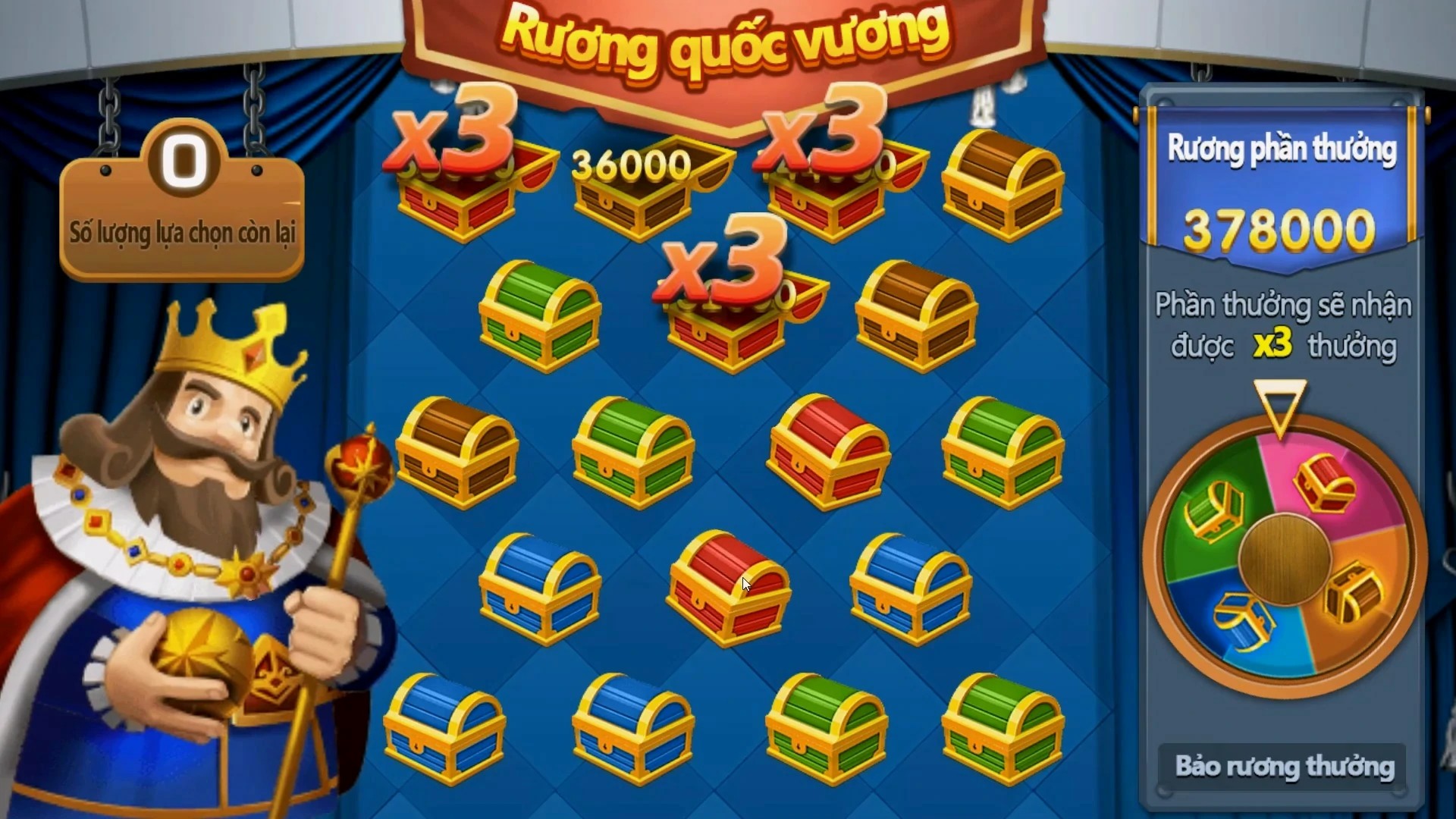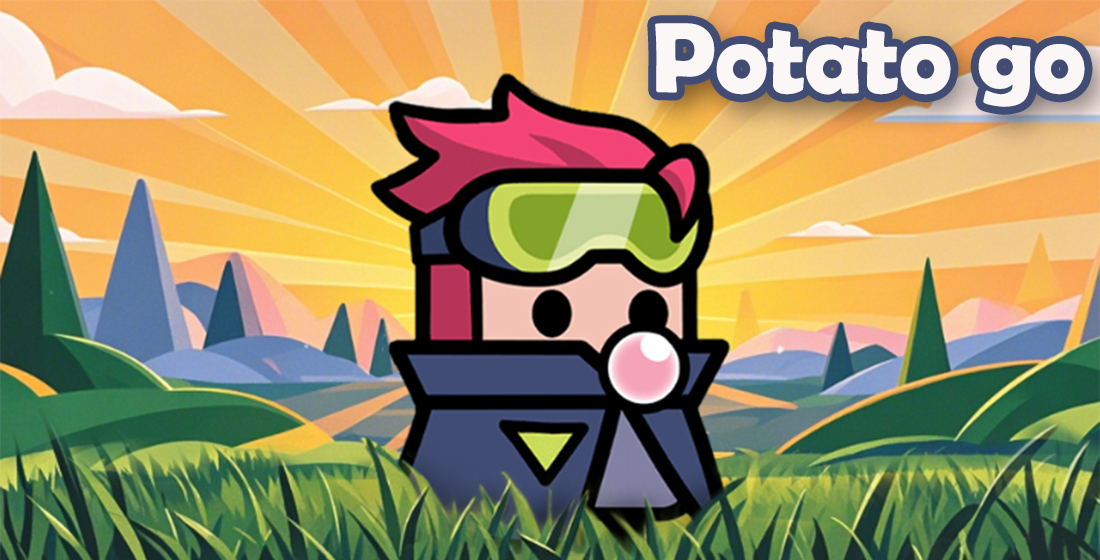Unlocking the Secrets: How Game Design Shapes Your Ultimate Gaming Experience
When it comes to video games, the magic often lies in the details of game design. From narratives to graphics, every component plays a crucial role. Let’s dive into how these elements blend together, particularly focusing on popular games like Clash of Clans and how they create unforgettable experiences.
The Essence of Game Design
At its core, game design determines the player's experience. It isn't just about how the game looks—it's about engagement, challenge, and immersion. The way a game is structured can engage players emotionally and mentally. Here are some aspects to consider:
- Narrative: The story drives players. If a game has a compelling narrative, players are likely to stay invested.
- Gameplay Mechanics: How players interact with the game world—this includes controls, challenges, and progression systems.
- Visuals and Art Style: The overall aesthetics contribute to the enjoyment of the game. Bright, colorful graphics can attract players, while minimalist designs can provide a unique experience.
Understanding Player Psychology
Game designers study player psychology to cater to user preferences. This includes ways to motivate engagement and retain players. Elements like rewards systems, challenges, and social interaction are critical to sustaining interest. Below is a simple table illustrating key psychological pulls:
| Element | Description | Example from Clash of Clans |
|---|---|---|
| Achievement | Providing goals that players can accomplish. | Upgrading buildings |
| Social Interaction | Encouraging collaboration and competition. | Clan wars |
| Exploration | Encouraging curiosity and discovery. | New game worlds |
The Role of Narrative in Game Design
Narrative can turn an ordinary game into an epic journey. Take the example of Clash of Clans: while the primary goal is strategy, the backdrop of wars and clans provides a lore that enriches the experience. Players feel emotionally connected to their clans. What other elements enhance this narrative engagement? Let’s explore:
- Character Development: Fun characters add depth, making the game relatable.
- Conflict: Every good story has a conflict, creating stakes for players to care about outcomes.
- World-Building: Crafting a rich game world allows players to immerse fully.
Why Graphics Matter
Visual design is more than just making things pretty—it's about weaving the atmosphere of the game. In games like Clash of Clans, the cartoonish art style makes it approachable, while detailed animations enhance the overall experience. Here’s why graphics matter:
- First Impressions: Graphics are the first thing players notice. Stunning visuals can attract new users.
- Emotional Impact: Colors and designs evoke feelings. Darker palettes might bring tension, while lighter tones can evoke joy.
- Brand Identity: Unique graphics help a game stand out in a crowded market.
Game Mechanics: The Heart of Gameplay
Game mechanics dictate how players interact with the game. It includes things like resource management, strategy, and player customization. In Clash of Clans, managing resources effectively can mean the difference between victory and defeat. Here are some important mechanics to consider:
- Resource Management: Players must balance resources to build and upgrade.
- Strategy Development: Creating the right tactics is crucial for success.
- Player Customization: Allowing players to personalize their experience keeps it engaging.
The Future of Game Design
As technologies evolve—think VR, AR, and AI—the landscape of game design will also change. We can expect more immersive experiences that challenge our perceptions of reality. The incorporation of artificial intelligence can create adaptive gameplay, making each session unique. The question remains: how will these changes affect our love for games?
Conclusion
Game design is a complex, multifaceted art that involves much more than just graphical appeal. It merges storytelling, psychology, and mechanics to create captivating experiences, particularly in games like Clash of Clans. Understanding these design principles can enhance not just how we play but how much we enjoy gaming as a whole. So, the next time you find yourself immersed in a game, remember the intricate web of design that brought that experience to life!



